Arborio rice is not typically handy for sushi. Sushi rice, also known as short-grain Japanese rice, is the preferred type for making sushi due to its sticky texture and ability to hold its shape when rolled.
Here we will uncover the secrets of Arborio rice and whether it can be handy for sushi. Arborio rice is popular for its creamy texture and high starch content, making it a popular choice for risotto.
But can it hold up in sushi rolls? We’ll explore the differences between Arborio rice and sushi rice, discuss the pros and cons of using Arborio rice for sushi, and even provide you with alternative options for substituting sushi rice. Get ready to unlock the hidden potential of Arborio rice and take your sushi game to the next level!

What Is Arborio Rice?
Arborio rice is a popular short-grain variety that originated in Italy and is widely handy in Italian cuisine, particularly in dishes like risotto. Its high starch content gives it a creamy texture when cooked, making it perfect for creating rich and flavorful dishes.
While Arborio rice is not traditionally handy in sushi rolls, some innovative chefs have begun experimenting with this variety to add a unique twist to the classic dish. The creamy texture of Arborio rice can provide an interesting contrast to the fresh ingredients typically found in sushi, resulting in a delicious and unexpected flavor combination. Scroll down to get into details about arborio rice for sushi.
Sushi Rice Substitute: 9 Options You Never Knew Existed
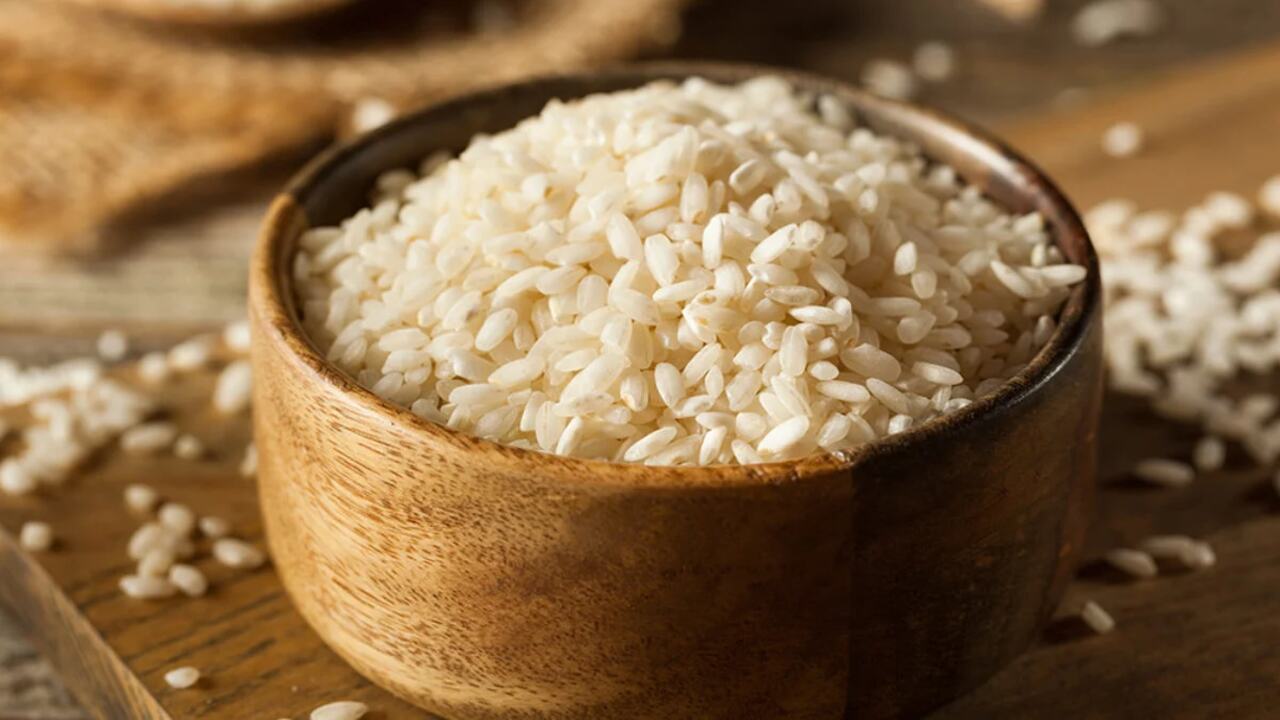
Looking for a sushi rice substitute? Look no further! While Arborio rice is traditionally handy for making risotto, it can also be a surprising alternative to sushi rice. With its creamy texture and ability to absorb flavors, Arborio rice can add a unique twist to your sushi rolls.
But there are other options too! Consider short-grain brown rice, jasmine rice, or even black rice as substitutes. Each has its own distinct flavor and texture, so feel free to experiment and find your favorite. Adjust the cooking method and seasoning to get the perfect sushi rice substitute.
Can Arborio Rice Be Used For Sushi?

Arborio rice and sushi rice are two different types of rice that serve different purposes in cooking. Arborio rice is popular for its creamy texture and is handy in risotto dishes. On the other hand, sushi rice is short-grain rice that becomes sticky when cooked, which is essential for creating the desired taste and texture of sushi.
Using sushi rice specifically when preparing sushi will ensure the best results, as it provides the necessary stickiness to hold the ingredients together and enhance the dish’s overall flavor.
Differences Between Arborio Rice And Sushi Rice
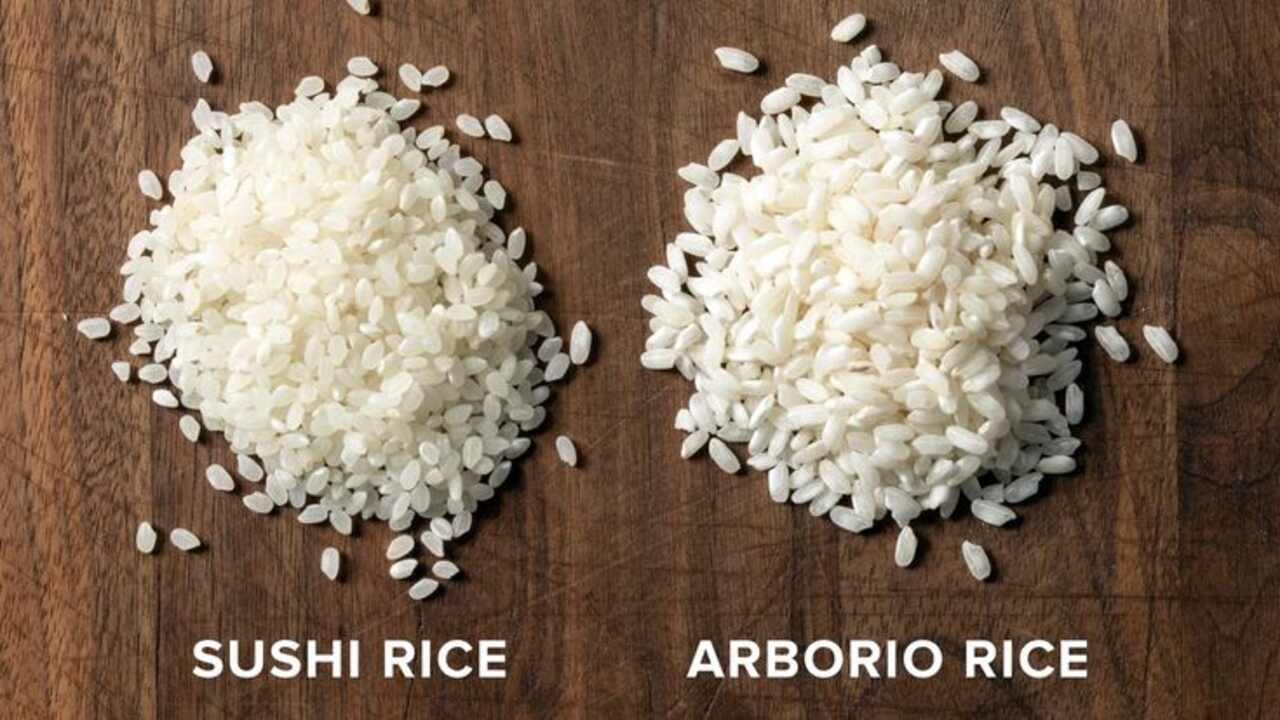
Arborio rice and sushi rice differ in their starch content, resulting in varying textures when cooked. Arborio rice, known for its higher starch content, creates a creamier texture, making it ideal for risotto dishes. On the other hand, sushi rice, with its sticky and short-grain nature, is specifically cultivated for making sushi.
Additionally, sushi rice is seasoned with vinegar, sugar, and salt to enhance its flavor and complement the delicate taste of sushi fillings. These rice varieties’ distinct textures and flavors make them suitable for different culinary creations.
Pros And Cons Of Using Arborio Rice For Sushi
When considering the pros and cons of using Arborio rice for sushi, it’s important to note that Arborio rice has a creamy texture and high starch content, which makes it ideal for sushi rolls. The short-grain nature of Arborio rice helps it hold together well, creating a firm sushi roll.
However, Arborio rice is not traditional for sushi and may have a slightly different taste and texture. Using Arborio rice for sushi can be a creative twist, adding a unique flavor profile to your rolls. It’s important to remember that Arborio rice may require additional preparation to achieve the desired sushi rice consistency.
Other Options For Substituting Sushi Rice
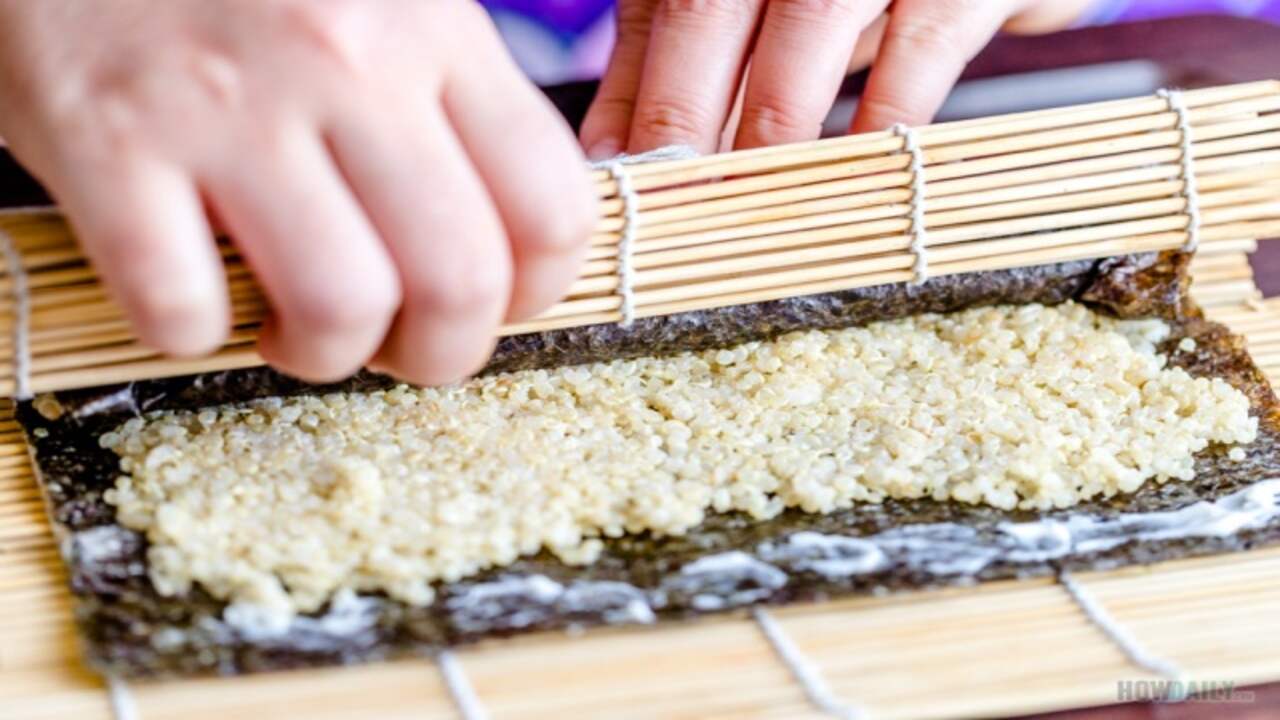
While Arborio rice is not the traditional choice for sushi, some alternatives can be used as a substitute for sushi rice. One option is short-grain white rice, which has a similar sticky texture and mild flavor to sushi rice. Another option is brown rice, which adds a nutty flavor and extra nutrients to your sushi rolls.
If you are looking for a gluten-free alternative, you can try using quinoa or cauliflower rice as a base for your sushi. These options may not provide the exact same taste and texture as sushi rice, but they can still be enjoyable and allow you to create delicious homemade sushi rolls.
Jasmine Rice As A Sushi Rice Substitute
Jasmine rice, known for its sticky texture, can be a viable substitute for sushi rice. Its subtle floral fragrance adds a distinctive flavor to sushi rolls. Moreover, jasmine rice is widely available and affordable, making it a convenient option for those who may not have access to sushi rice.
However, cooking jasmine rice with the correct water-to-rice ratio is crucial to achieve the desired stickiness. By experimenting with different types of rice, such as jasmine rice, you can introduce exciting new flavors and textures to your sushi creations.
Brown Rice As A Sushi Rice Substitute
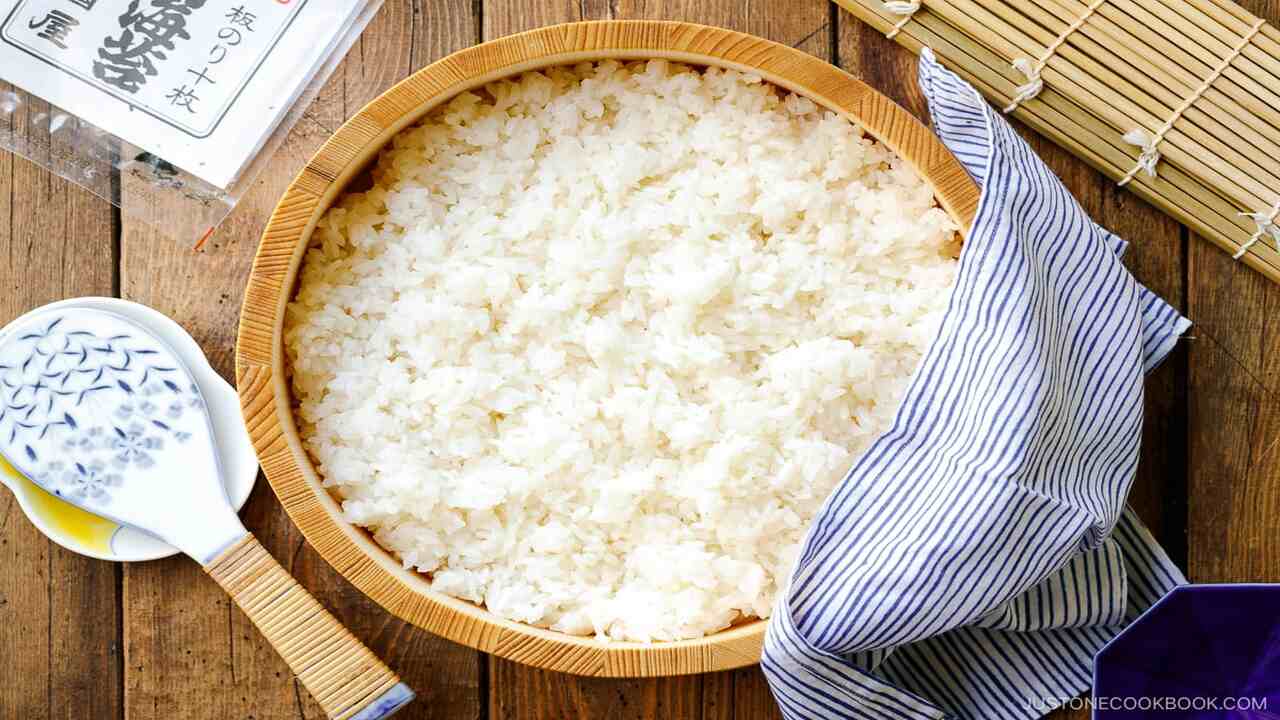
If you’re looking for a healthier option for your sushi, brown rice is an excellent choice. Brown rice has a higher fiber and nutrient content than traditional sushi rice, making it a more nutritious option. It also has a nutty flavor that adds a unique twist to your sushi rolls, providing a different eating experience.
However, it’s important to note that brown rice may require longer cooking time and more water compared to white sushi rice. Additionally, its texture is slightly chewier, which can provide a different mouthfeel. By exploring different types of rice, such as brown rice, you can introduce a variety of flavors and textures to your sushi creations.
Quinoa As A Sushi Rice Substitute
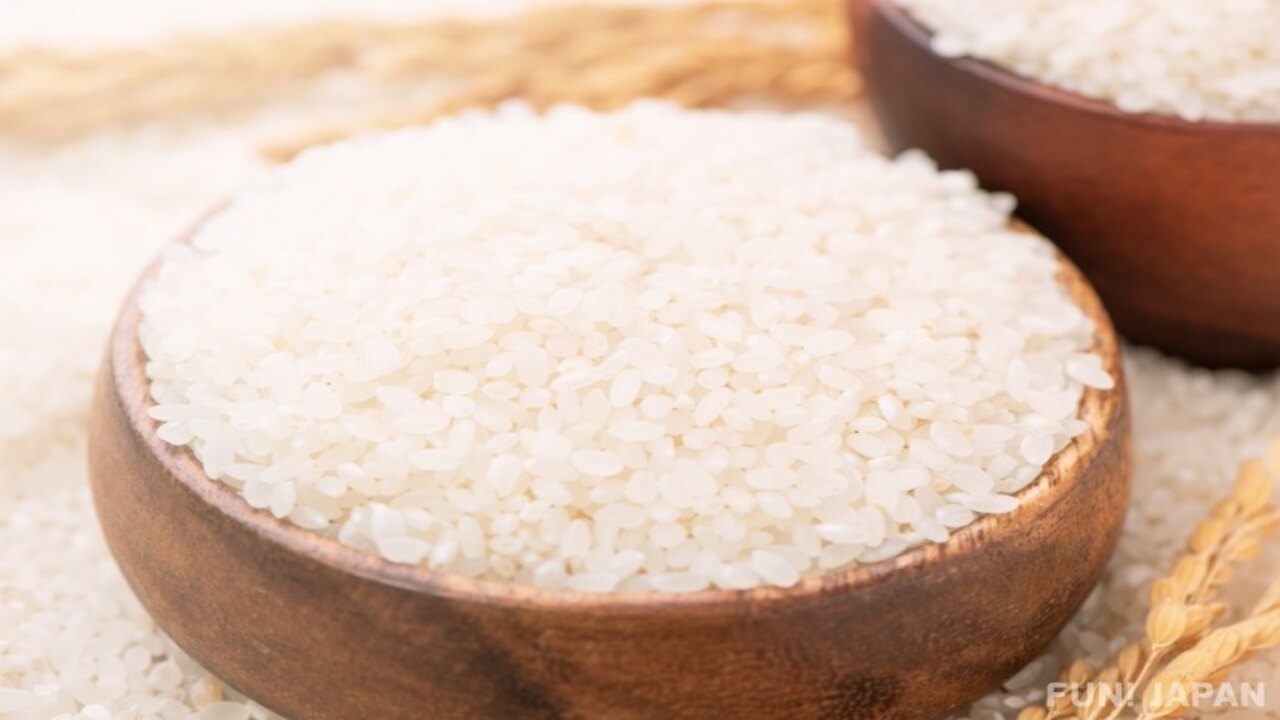
If you’re searching for a healthier alternative to traditional sushi rice, look no further than quinoa. Not only does it provide a nutrient-dense option with its high protein and fiber content, but it also adds a delightful nutty flavor to your sushi rolls.
Quinoa is an excellent choice for individuals with gluten sensitivities or allergies, as it is naturally gluten-free. When cooked, quinoa has a fluffy texture that resembles traditional sushi rice, ensuring a satisfying eating experience. To taste sushi rice similarly, simply season the cooked quinoa with vinegar and sugar.
Tips For Preparing Arborio Rice For Sushi
When preparing Arborio rice for sushi, remember a few essential tips to achieve the perfect texture and taste. Firstly, rinse the rice thoroughly before cooking to remove any excess starch. This step is crucial as it helps prevent the rice from becoming too sticky.
Secondly, cook the Arborio rice with a ratio of 1 part rice to 1.5 parts water. This ratio will result in a sushi-like consistency that is neither too dry nor too wet. After cooking, it’s important to season the rice with a mixture of rice vinegar, sugar, and salt. This seasoning adds a delicate tanginess and enhances the overall flavor of the sushi rice.
Lastly, allow the cooked Arborio rice to cool slightly before making sushi rolls. This cooling process helps the grains firm up slightly, making them easier to handle when rolling. By following these tips, you can ensure that your sushi rice turns out perfectly every time.
Conclusion
Arborio rice can be a viable alternative for making sushi, but it is important to note that there are certain differences and considerations compared to traditional sushi rice. While Arborio rice is known for its creamy texture and ability to absorb flavors, it may not have the same stickiness and firmness as sushi rice.
As a result, cooking time and water ratio adjustments may be necessary to achieve the desired consistency for sushi rice. If you want to add a unique twist to your sushi or if traditional sushi rice is not readily available, Arborio rice can be an interesting substitute. However, for the most authentic sushi experience, it is recommended to use traditional sushi rice. We hope you now understand arborio rice for sushi.
Frequently Asked Questions
1.Are Sushi Rice And Arborio Rice The Same?
Ans: No, sushi rice and Arborio rice are not the same. Sushi rice is short-grain rice used for making sushi, while Arborio rice is medium-grain rice used in Italian cuisine, particularly for risotto. Sushi rice has a stickier texture compared to Arborio rice.
2.Can You Replace Sushi Rice With Risotto Rice?
Ans: Using risotto rice as a substitute for sushi rice is not recommended. Arborio rice, used for risotto, has a different texture and flavor than sticky sushi rice. This substitution may result in a different taste and texture in your sushi.
3.What Kind Of Rice Can You Use For Sushi?
Ans: The best rice for sushi is short-grain Japanese rice, commonly known as “sushi rice.” Arborio rice, although popular for risotto, is not typically used for sushi. Other alternatives include Calrose rice or medium-grain white rice.
4.What Are Other Substitutes For Sushi Rice?
Ans: Explore alternatives to traditional sushi rice, such as jasmine rice, short-grain brown rice, and black rice. For a healthier twist, try using quinoa or cauliflower rice. Barley and wild rice offer unique flavors and textures to your sushi rolls.
5.Why Can’t You Use Long-Grain Rice For Making Sushi?
Ans: Long-grain rice is unsuitable for making sushi because it has a different texture and lacks the stickiness required to hold the sushi roll together. In contrast, with its higher starch content, Arborio rice creates the desired sushi texture and ensures the roll stays intact. Using long-grain rice may result in sushi that falls apart or lacks an authentic experience.
